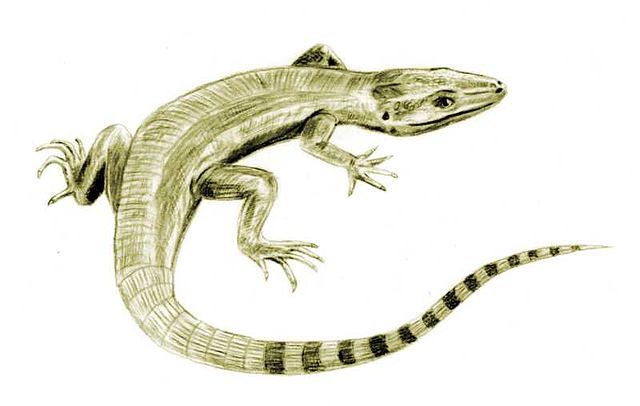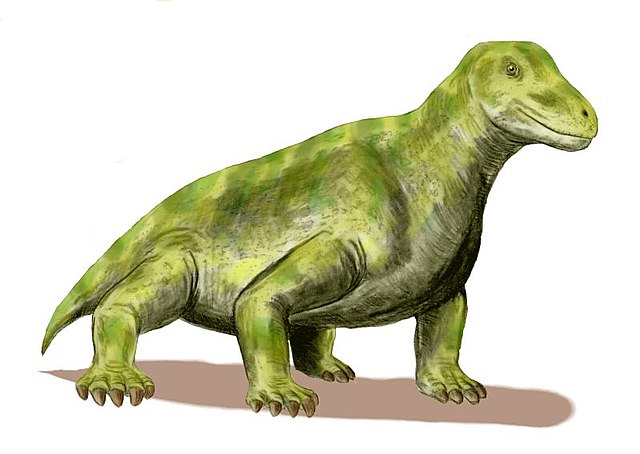Synapsida is one of the two major clades of vertebrate animals in the group Amniota, the other being the Sauropsida. The synapsids were the dominant land animals in the late Paleozoic and early Mesozoic, but the only group that survived into the Cenozoic are mammals. Unlike other amniotes, synapsids have a single temporal fenestra, an opening low in the skull roof behind each eye orbit, leaving a bony arch beneath each; this accounts for their name. The distinctive temporal fenestra developed about 318 million years ago during the Late Carboniferous period, when synapsids and sauropsids diverged, but was subsequently merged with the orbit in early mammals.
Synapsida
The sea otter has the densest fur of modern mammals.
Archaeothyris, one of the oldest synapsids found
Moschops was a tapinocephalian from the Middle Permian of South Africa.
Vertebrates are deuterostomal animals with bony or cartilaginous axial endoskeleton — known as the vertebral column, spine or backbone — around and along the spinal cord, including all fish, amphibians, reptiles, birds and mammals. The vertebrates consist of all the taxa within the subphylum Vertebrata and represent the overwhelming majority of the phylum Chordata, with currently about 69,963 species described.
Fossilized skeleton (cast) of Diplodocus carnegii, showing an extreme example of the backbone that characterizes the vertebrates.
Gill arches bearing gills in a pike
The early vertebrate Haikouichthys
Acanthostega, a fish-like early labyrinthodont.








